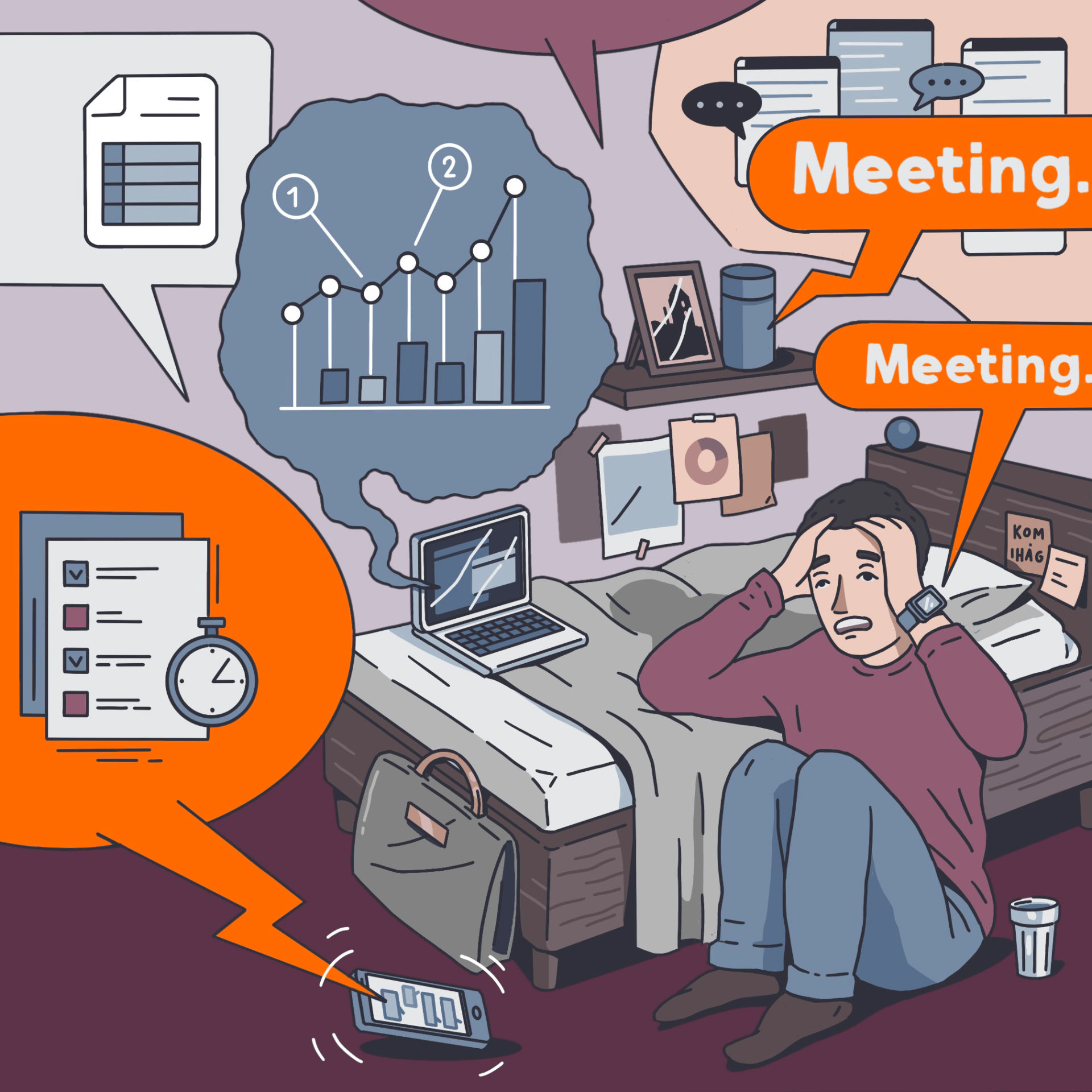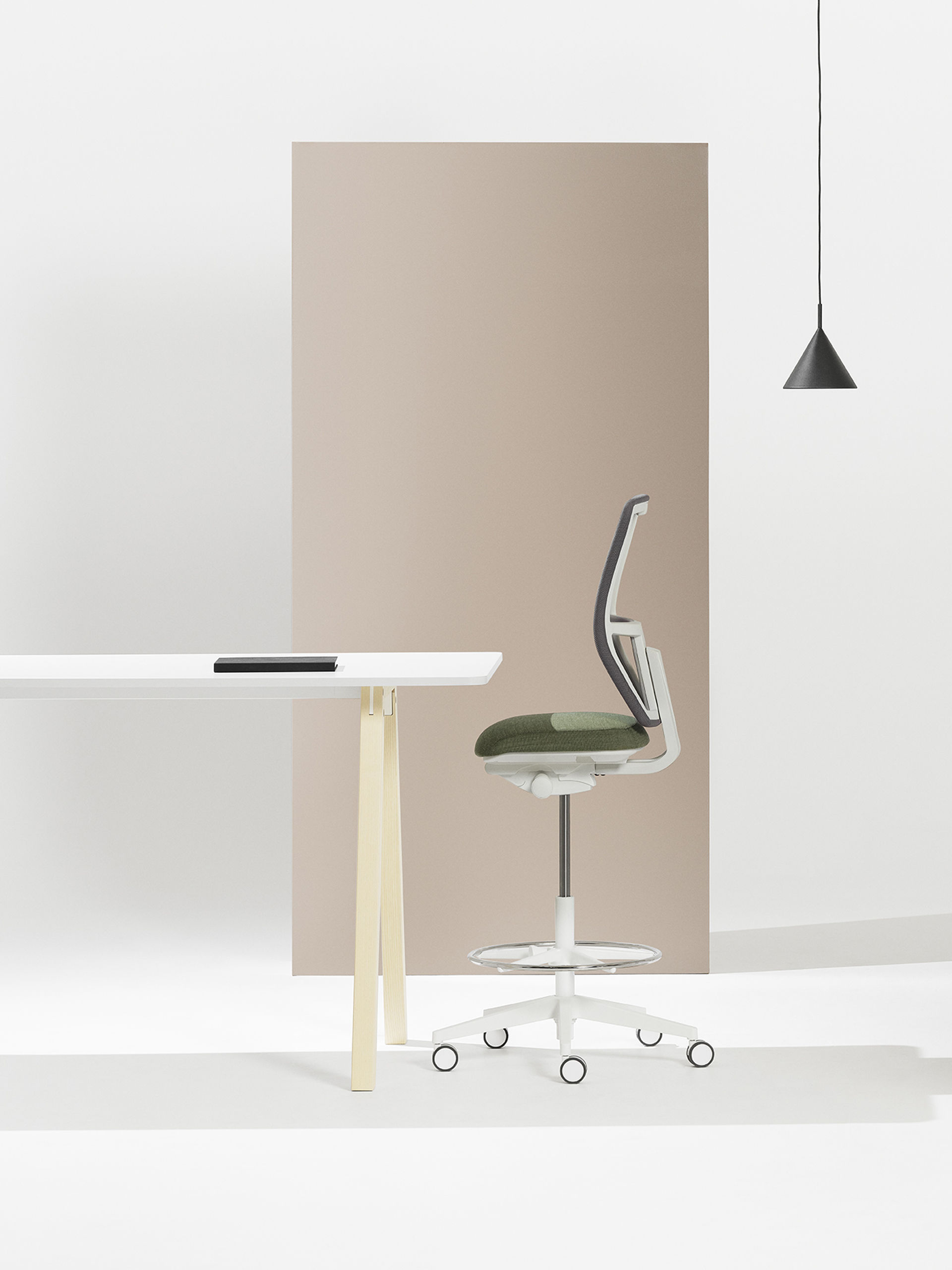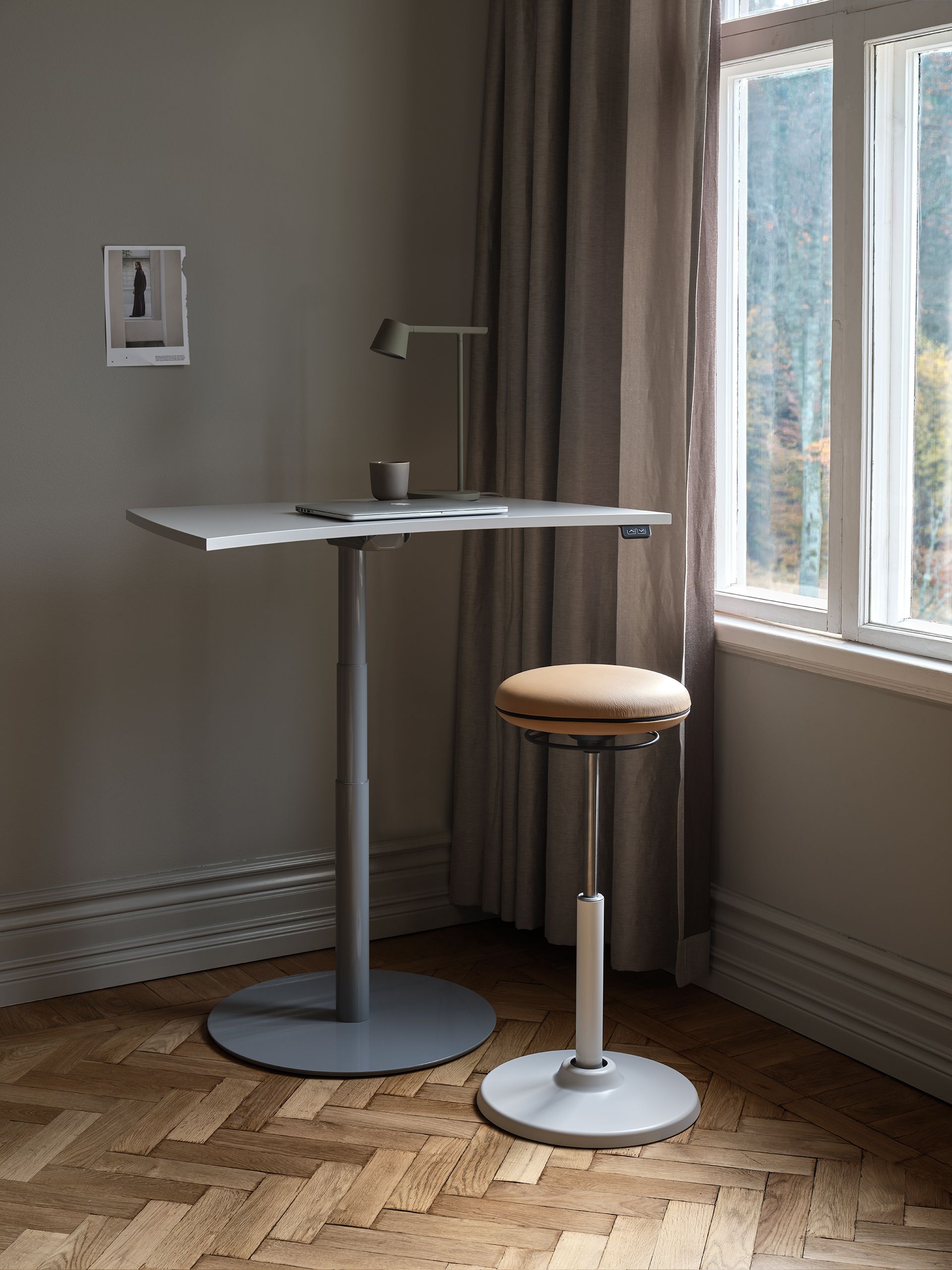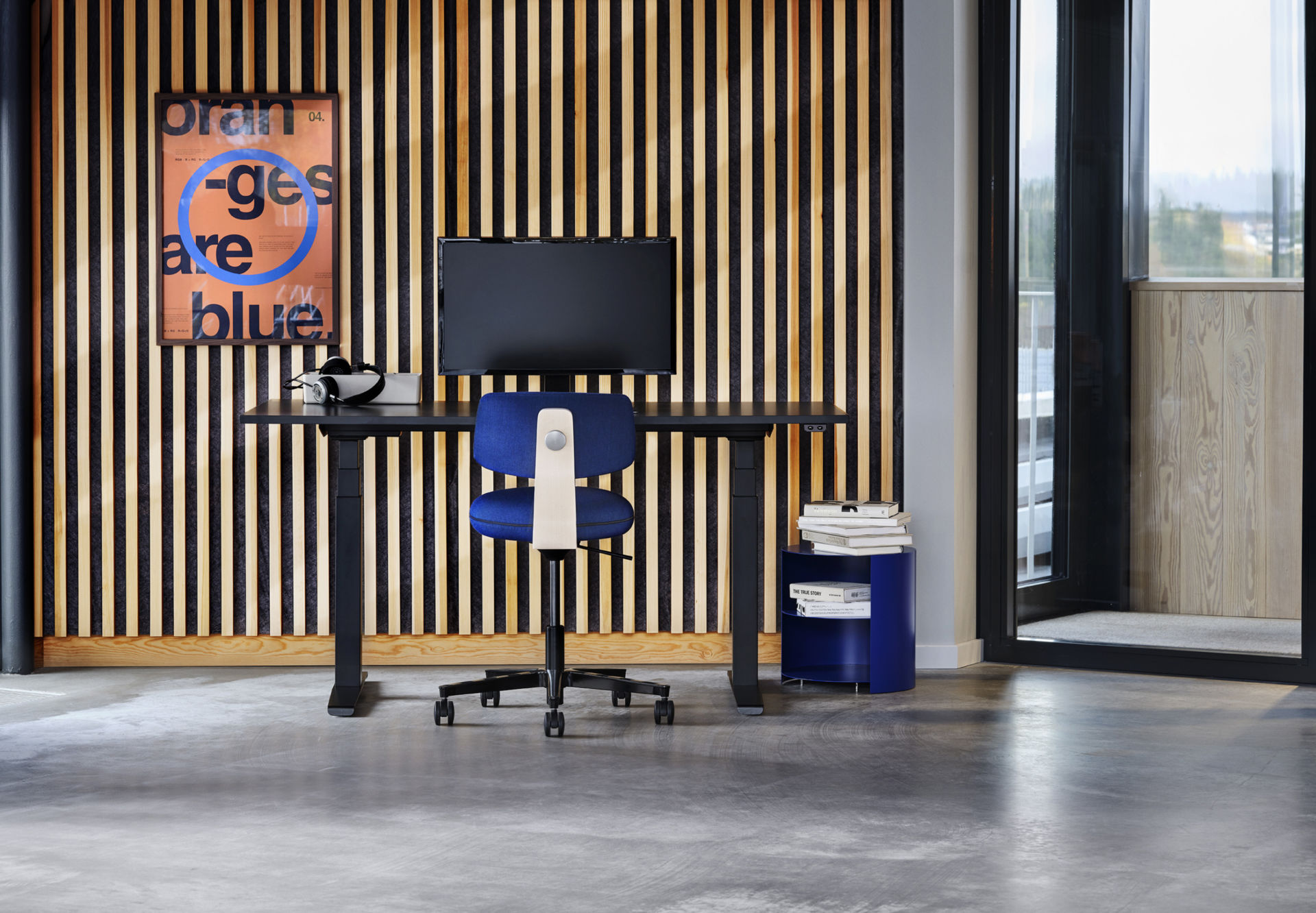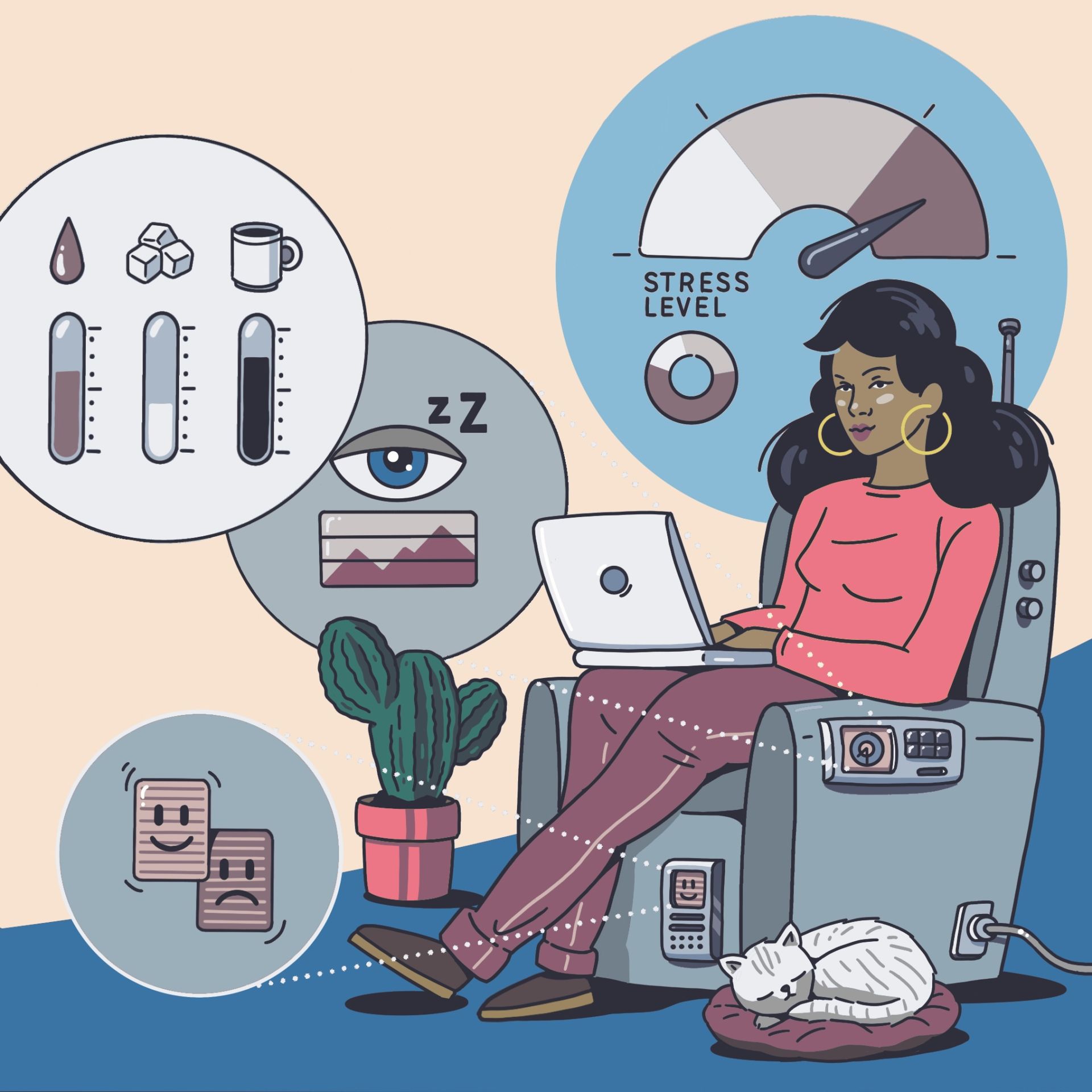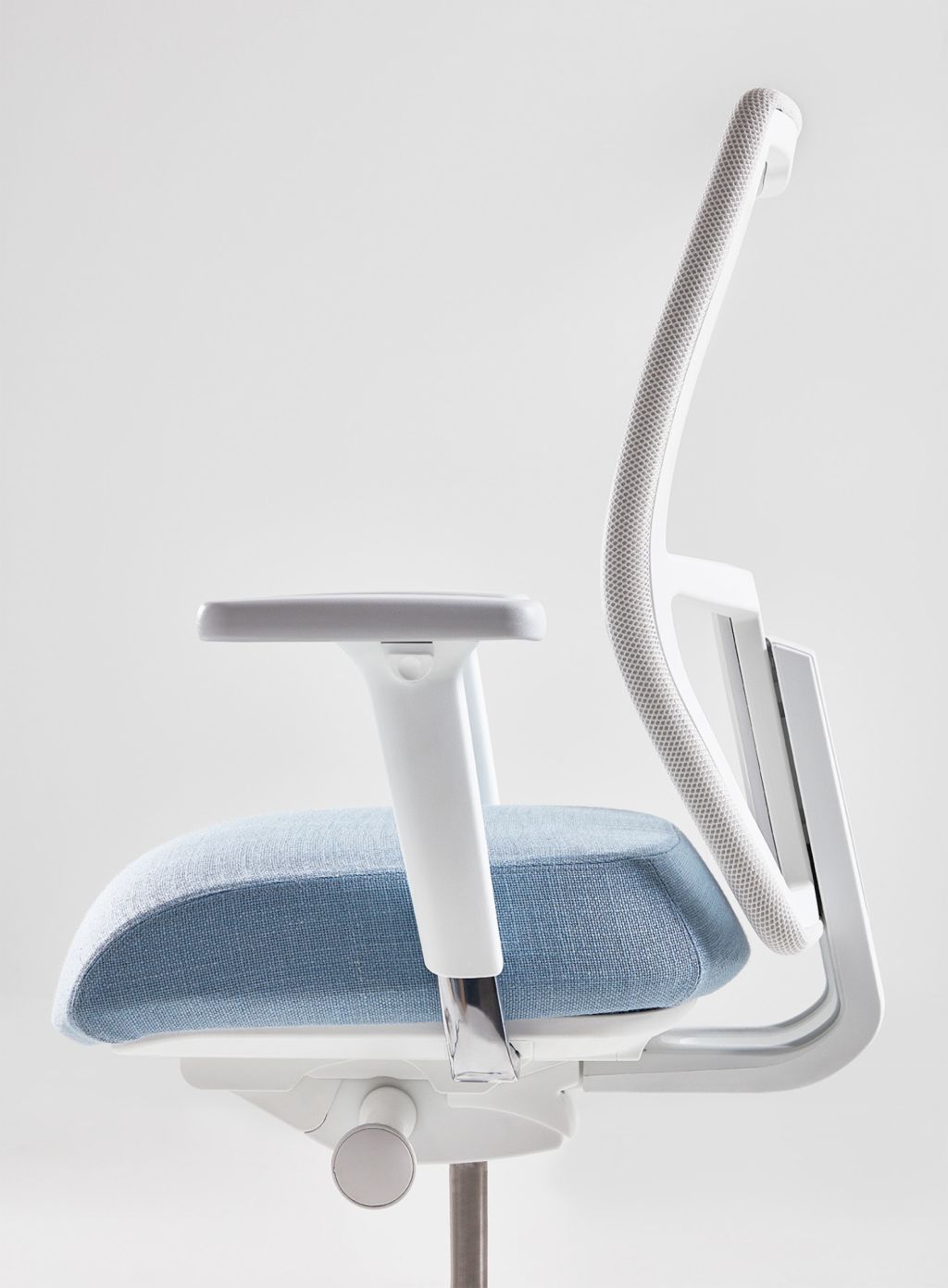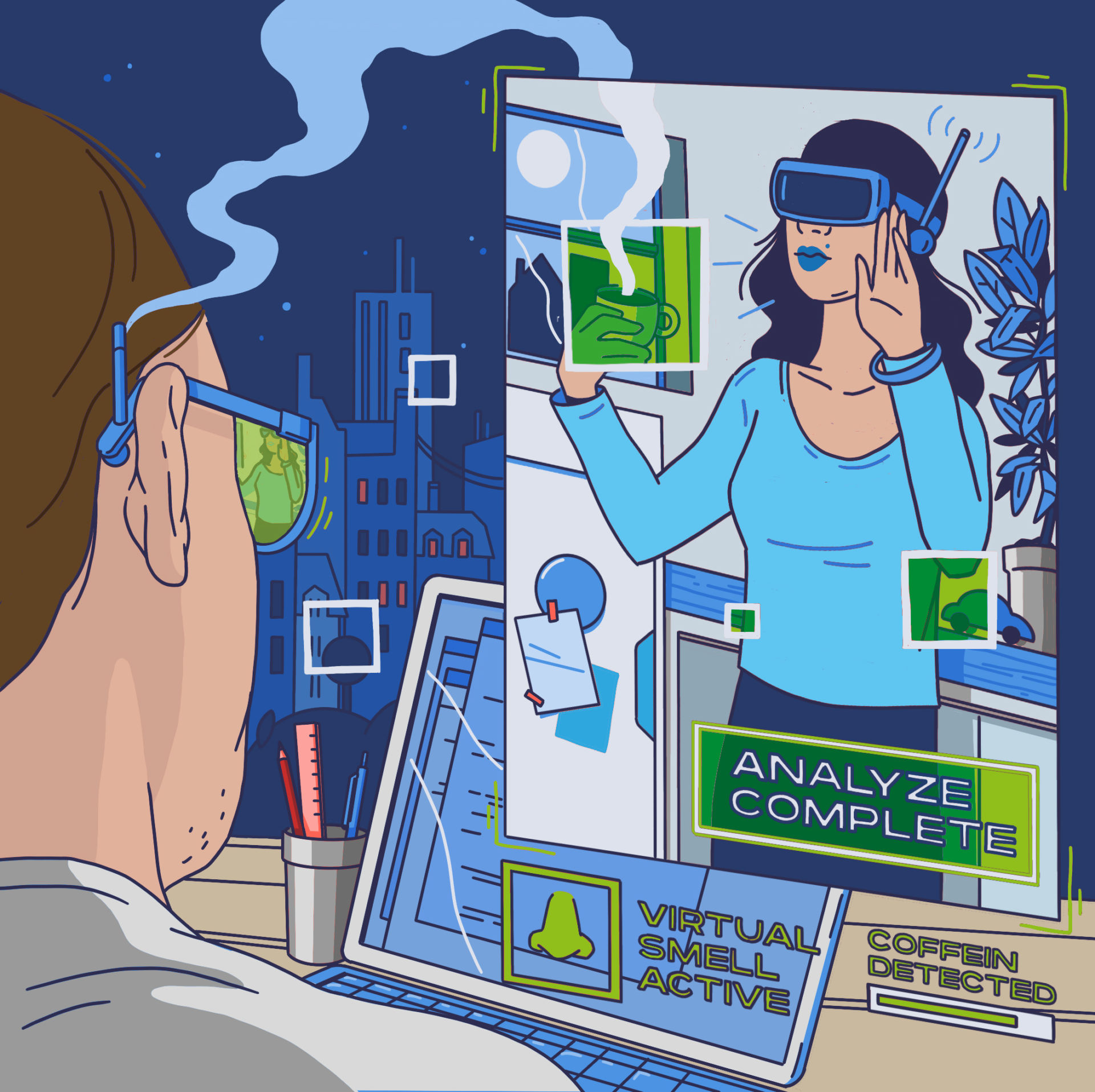According to predictions, the next digital revolution will be based on digital experiences that interact with us through the ‘internet of senses’ (IoS). This will be made possible by artificial intelligence (AI), virtual reality (VR), augmented reality (AR), 5G and automation. According to Ericsson ConsumerLab: Ten Hot Consumer Trends 2030, to which 46 million early tech adopters responded, consumers predict that screen-based experiences in 2030 will be competing with multi-sensory experiences that are difficult to distinguish from reality. According to Ericsson Research, half of the world’s smart phone users believe everyone will wear AR glasses by 2025. As consumers step further into the digitized sensory world, augmented reality will enable laptops to translate language directly, control the sound environment and enable us to experience smell, taste, textures and even feel temperatures digitally! When we are able to understand what a meeting participant is saying in real time even though we don’t speak the same language, and know what it feels like to be in a participant’s meeting room, our perception of tomorrow’s digital meetings will change.
